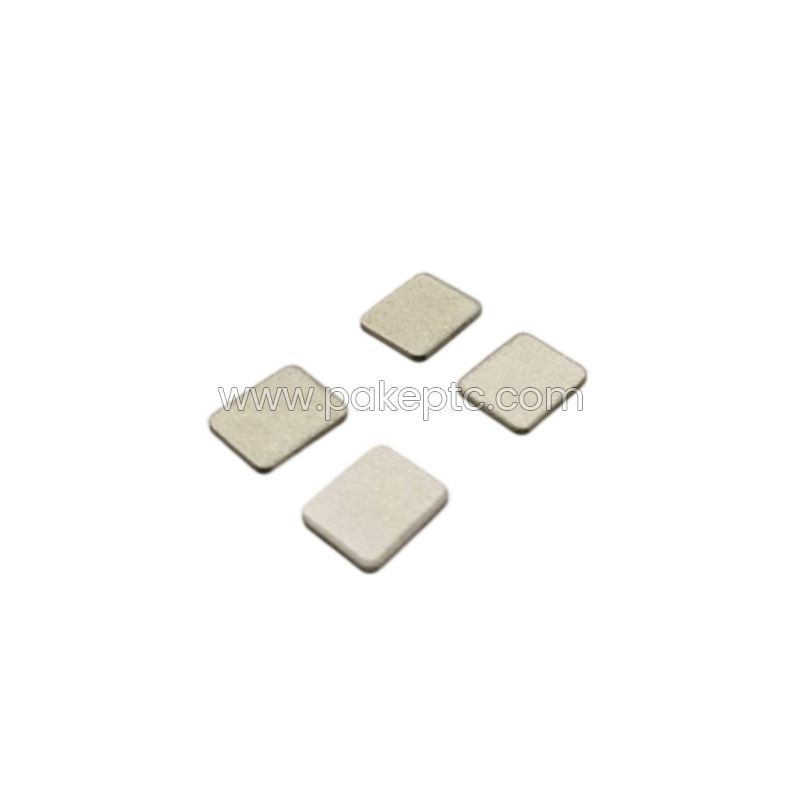PTC Heating Element for Thermostat: Innovation in Temperature Control
In the world of heating and temperature control, precision and efficiency are paramount. Among the many innovations that have improved this field, the PTC (Positive Temperature Coefficient) heating element stands out. This remarkable technology has found its way into thermostats, offering a more reliable and energy-efficient solution for maintaining optimal temperatures in various applications. In this article, we will delve into the workings and advantages of PTC heating elements in thermostats.
Understanding PTC Heating Elements
PTC heating elements are semiconductor devices designed to provide controlled and consistent heat. What sets them apart from traditional heating elements is their unique behavior concerning temperature. The resistance of PTC elements increases significantly as they heat up, creating a self-regulating effect. When used in thermostats, this characteristic plays a crucial role in maintaining a stable and precise temperature.
How PTC Heating Elements Work in Thermostats
In thermostats, PTC heating elements are integrated into the temperature control system. When the thermostat detects a deviation from the desired temperature, it activates the PTC heating element. Here's how it works:
Set Temperature Deviation: The user sets the desired temperature on the thermostat.
Temperature Sensing: The thermostat continuously monitors the ambient temperature using a sensor.
Deviation Detected: If the sensed temperature deviates from the set temperature, the thermostat sends a signal to activate the PTC heating element.
Heating Begins: The PTC heating element starts to generate heat. As it heats up, its resistance increases.
Self-Regulation: The PTC element's resistance increase causes it to draw less current, reducing the heat output. This self-regulation prevents overheating and maintains a stable temperature.
Steady State: When the sensed temperature matches the set temperature, the thermostat stops sending the activation signal, and the PTC element stabilizes at a lower power output.
This self-regulating property of PTC heating elements is incredibly efficient. It ensures that the temperature is maintained within a very narrow range, minimizing energy consumption and preventing overheating.
Advantages of PTC Heating Elements in Thermostats
Energy Efficiency: PTC heating elements are inherently energy-efficient. They only draw the required amount of power to maintain the set temperature, reducing electricity consumption.
Safety: PTC heating elements are safer than traditional heating elements. Their self-regulating behavior reduces the risk of overheating, which can be a fire hazard.
Precision: PTC elements provide precise temperature control, ensuring that the desired temperature is maintained consistently.
Durability: PTC heating elements are robust and have a longer lifespan compared to traditional heating elements.
Quick Response: PTC elements heat up quickly and respond rapidly to temperature changes, providing rapid adjustments to maintain the desired temperature.
Compact Design: PTC elements are compact, making them suitable for small, space-constrained applications, such as thermostats.
Applications of PTC Heating Elements in Thermostats
PTC heating elements find applications in a wide range of thermostats, including:
Home Thermostats: PTC elements are commonly used in residential thermostats to control heating and cooling systems. They ensure that the indoor temperature remains comfortable while conserving energy.
Industrial Thermostats: In industrial settings, PTC heating elements are employed in temperature control systems for machinery, production processes, and environmental chambers.
Automotive Thermostats: PTC heating elements are utilized in automotive climate control systems to regulate the cabin temperature efficiently.
Medical Thermostats: In medical devices and laboratory equipment, PTC elements play a crucial role in maintaining precise and stable temperatures.
Greenhouses and Agricultural Thermostats: PTC elements help control the climate in greenhouses, ensuring optimal conditions for plant growth.
In conclusion, PTC heating elements have brought a new level of precision and efficiency to the world of thermostats and temperature control. Their self-regulating behavior, energy efficiency, safety, and quick response time make them an ideal choice for applications where precise temperature control is essential. As technology continues to advance, we can expect to see PTC heating elements integrated into an even wider array of devices, further improving our ability to manage temperature with precision and efficiency.




